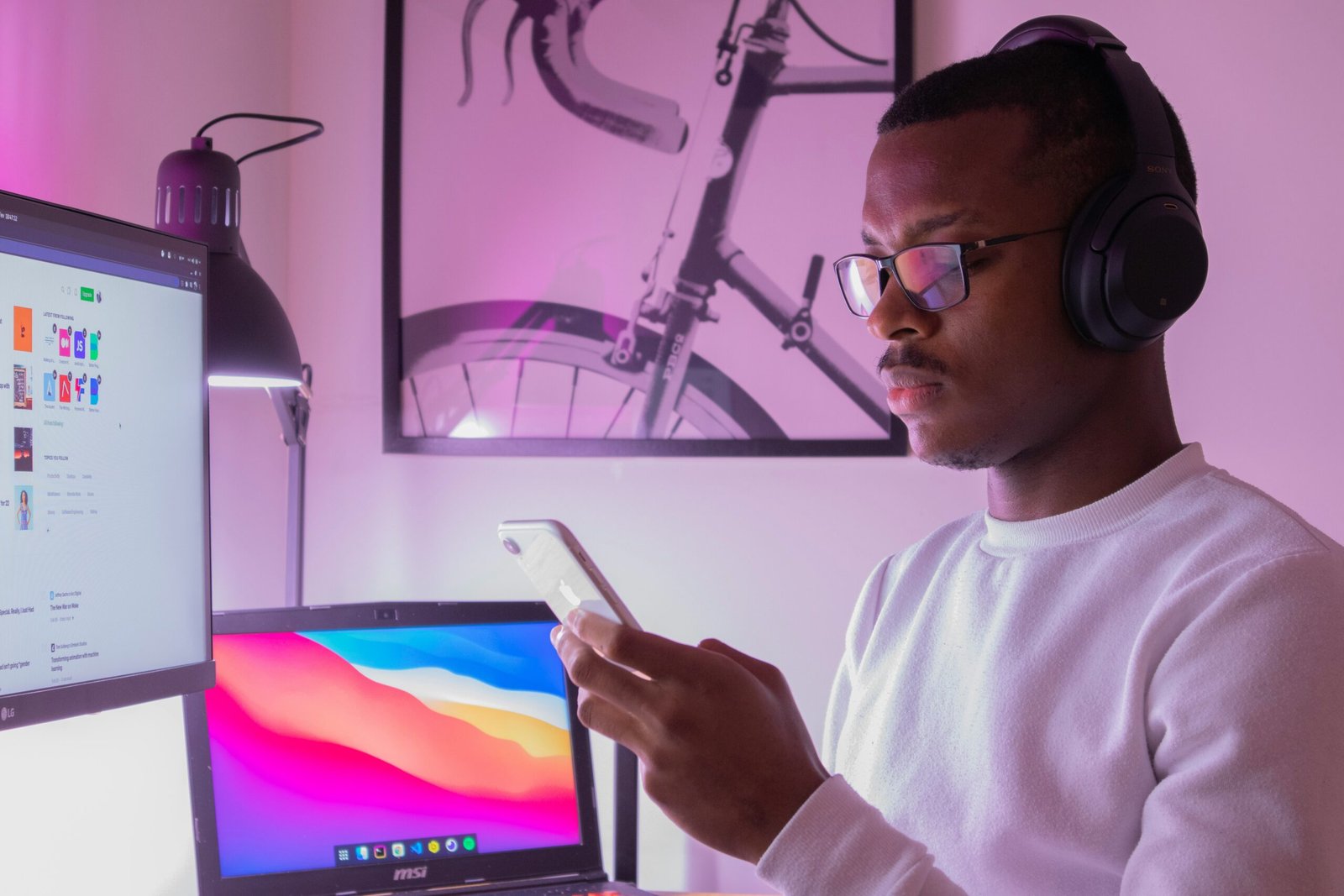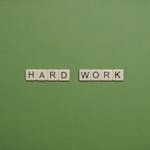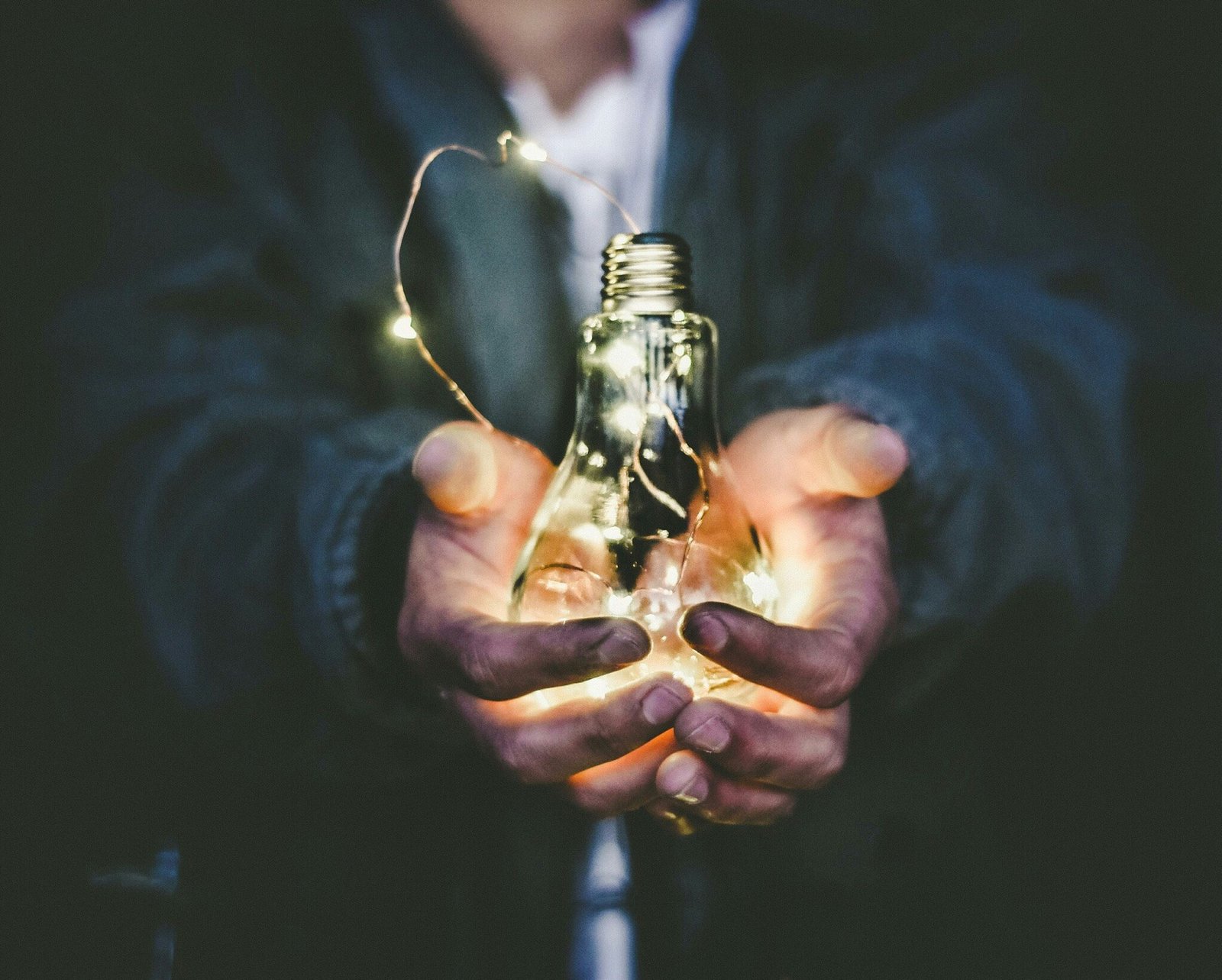Understanding the Nature of Distractions
Distractions are a significant impediment to achieving optimal focus and productivity. They can be broadly categorized into internal and external types, each with distinct characteristics and implications. Internal distractions originate from within the individual, involving elements such as wandering thoughts, stress, or physiological needs like hunger. These distractions often stem from cognitive processes that divert attention away from the task at hand, making it difficult to maintain sustained concentration.
On the other hand, external distractions are environmental factors that interrupt our focus. These include noise, social media notifications, and interruptions from colleagues or family members. Such distractions are often unpredictable and can significantly disrupt workflow, leading to a decrease in productivity. The proliferation of digital devices has further exacerbated the challenge, making it increasingly difficult to remain undistracted in a hyper-connected world.
Understanding the psychological mechanisms behind distractions is crucial in mitigating their impact. Cognitive psychology suggests that our brains are wired to seek novelty and instant gratification, which makes us susceptible to distractions. The constant barrage of information and stimuli in our environment triggers a response in the brain’s reward system, releasing dopamine and creating a cycle of seeking more distractions. This cycle can lead to fragmented attention, reducing our ability to engage in deep, focused work.
The impact of distractions on productivity cannot be overstated. Studies have shown that even brief interruptions can lead to a significant loss in efficiency, as it takes time to regain focus after being distracted. This phenomenon, known as attention residue, means that remnants of the previous task linger in our minds, making it harder to concentrate on the new task. As a result, frequent distractions can lead to longer completion times, increased errors, and overall reduced quality of work.
By recognizing the nature and sources of distractions, individuals can take proactive steps to manage them effectively. Whether through creating a conducive work environment, employing mindfulness techniques, or setting boundaries with digital devices, understanding the underlying causes of distractions is the first step towards enhancing focus and productivity.
Identifying Your Personal Distractions
Understanding your unique sources of distraction is a crucial first step towards boosting focus and productivity. Personal distractions can vary widely from person to person, and recognizing them requires deliberate self-reflection. One effective strategy is to keep a distraction diary. This involves noting down instances when you find yourself veering off task, along with the activity or event that caused the distraction. By documenting these moments, you can begin to identify patterns and triggers that commonly disrupt your workflow.
Another useful tool for identifying personal distractions is the use of time-tracking apps. These applications can monitor how much time you spend on different activities throughout the day. Tools like RescueTime or Toggl provide detailed reports on your daily habits, enabling you to pinpoint where your time is being diverted. By analyzing these reports, you can gain insights into which activities are consuming more time than they should and adjust your habits accordingly.
Understanding patterns and triggers of distractions is also essential. For instance, you might discover that notifications from social media apps are a significant source of interruption. Alternatively, environmental factors such as background noise or an uncomfortable workspace might be the culprits. By identifying these triggers, you can take proactive measures to mitigate them. This might include turning off non-essential notifications, creating a dedicated workspace, or using noise-canceling headphones.
Moreover, self-reflection should extend beyond the external factors to include internal triggers such as stress, boredom, or fatigue. Recognizing how these internal states affect your focus can help you develop strategies to manage them. Techniques such as mindfulness, regular breaks, and maintaining a balanced diet can significantly enhance your ability to stay focused.
By systematically identifying and understanding your personal distractions, you can develop tailored strategies to manage and mitigate them effectively, leading to improved focus and enhanced productivity.
Creating a Conducive Work Environment
Establishing a conducive work environment is paramount to minimizing distractions and enhancing productivity. The foundation of an effective workspace starts with selecting an appropriate location. Ideally, choose a quiet area, preferably a separate room, away from high-traffic zones and household activities. This isolation helps in maintaining focus and reduces the chances of interruptions.
Next, organizing your desk plays a significant role in creating a productive work environment. A clutter-free desk not only minimizes distractions but also promotes a clear and focused mind. Keep essential items within arm’s reach and store non-essential materials away from your immediate workspace. Using organizers, such as trays, drawers, and filing systems, can help keep everything in its place and maintain order.
Managing noise levels is another critical aspect of a conducive work environment. While some individuals prefer complete silence, others may benefit from background sounds. Investing in noise-canceling headphones or playing soft instrumental music can help in drowning out disruptive noises. Additionally, consider using white noise machines or apps designed to create a consistent auditory backdrop that fosters concentration.
Ergonomics cannot be overlooked when setting up a productive workspace. Proper ergonomic design helps prevent physical strain and discomfort, which can be major distractions. Ensure your chair provides adequate lumbar support and allows your feet to rest flat on the ground. Position your computer monitor at eye level to avoid neck strain and use a keyboard and mouse that reduce wrist tension. Taking regular breaks to stretch and adjust your posture can also significantly contribute to maintaining focus over extended periods.
By carefully considering these factors—location, organization, noise management, and ergonomics—one can create a work environment that not only minimizes distractions but also fosters sustained focus and productivity, ultimately leading to more efficient and effective work outcomes.
Implementing Time Management Techniques
Effective time management is crucial for minimizing distractions and enhancing productivity. Among the myriad of strategies available, the Pomodoro Technique, time blocking, and the Eisenhower Matrix stand out for their practicality and effectiveness.
The Pomodoro Technique, developed by Francesco Cirillo, involves breaking work into 25-minute intervals, known as “Pomodoros,” separated by short breaks. This method leverages the principle that intense, focused work periods followed by rest can improve concentration and reduce mental fatigue. To implement this technique, start by selecting a task, setting a timer for 25 minutes, and working without interruption. Once the timer rings, take a five-minute break. After completing four Pomodoros, take a longer break of 15-30 minutes. This cycle helps maintain high levels of productivity while preventing burnout.
Time blocking involves dividing your day into discrete units of time dedicated to specific tasks or activities. By allocating specific blocks for work, meetings, exercise, and leisure, you can minimize the likelihood of distractions and ensure a balanced schedule. Begin by identifying your priorities and scheduling blocks for high-priority tasks during your peak productivity hours. Use tools like calendars or planners to visualize your time blocks and stick to the schedule as closely as possible. This structured approach not only enhances focus but also provides a clear framework for evaluating how your time is spent.
The Eisenhower Matrix, also known as the Urgent-Important Matrix, helps in prioritizing tasks based on their urgency and importance. This matrix divides tasks into four quadrants: urgent and important, important but not urgent, urgent but not important, and neither urgent nor important. By categorizing tasks in this manner, you can focus on what truly matters and delegate or eliminate less critical activities. To implement this strategy, list your tasks and assign them to the appropriate quadrant. Focus on completing tasks in the urgent and important quadrant first, followed by important but not urgent tasks. This method aids in making informed decisions about where to direct your efforts.
Integrating these time management techniques into your daily routine can significantly reduce distractions and boost overall productivity. By adopting a structured approach to managing time, you can enhance focus, achieve your goals more efficiently, and maintain a healthier work-life balance.
Utilizing Technology Wisely
In the modern era, technology serves as both a boon and a bane when it comes to maintaining focus and productivity. While it provides invaluable tools and resources, it also poses significant distractions that can derail even the most determined individuals. To navigate this duality, leveraging technology effectively is crucial.
One of the most effective strategies to mitigate distractions is the use of website blockers and focus apps. Tools such as Freedom, StayFocusd, and Cold Turkey allow users to restrict access to distracting websites and applications during designated work periods. These tools create a controlled environment, fostering a space where concentration can thrive.
Additionally, productivity software like Trello, Asana, and Notion can help streamline tasks and manage workloads efficiently. These platforms offer features such as task lists, project timelines, and collaborative workspaces that enhance organizational skills and keep users on track. By integrating these tools into daily routines, individuals can minimize the chaos of multitasking and focus on completing one task at a time.
Managing notifications is another critical aspect of using technology wisely. The constant influx of alerts from emails, social media, and messaging apps can be overwhelming and distracting. Adjusting notification settings to prioritize essential communications while silencing non-urgent updates can significantly reduce interruptions. Features like “Do Not Disturb” mode or scheduled notification summaries can help maintain a balance between staying connected and minimizing distractions.
Setting clear boundaries for technology use is equally important. Establishing specific times for checking emails, social media, and other potential distractions can prevent them from encroaching on productive hours. Implementing digital detox periods, where all non-essential tech use is paused, can also be beneficial for mental clarity and sustained focus.
By employing these strategies and tools, individuals can harness the power of technology to enhance productivity rather than hinder it. The key lies in striking a balance that maximizes the benefits of technological advancements while minimizing their potential to distract.
Building Healthy Habits and Routines
Establishing daily habits and routines is crucial in minimizing distractions and enhancing productivity. A well-structured schedule allows individuals to allocate specific times for work, breaks, and personal activities, thereby reducing the likelihood of interruptions. By prioritizing tasks, one can focus on completing high-impact activities first, which helps in maintaining momentum throughout the day.
Creating a regular schedule involves setting clear boundaries for work and leisure. This means designating specific hours for work-related tasks and ensuring that personal time is respected. For instance, starting the day with a morning routine can set a positive tone, while winding down with an evening routine can signal the end of the workday. Consistency in these routines helps in building a rhythm, making it easier to stay focused.
Incorporating breaks into the daily schedule is equally important. Regular breaks prevent burnout and enhance overall productivity. Techniques such as the Pomodoro Technique, where one works for 25 minutes followed by a 5-minute break, can be highly effective. These short breaks allow the mind to rest and recharge, leading to sustained focus and efficiency.
Mindfulness and meditation practices play a significant role in enhancing concentration. These practices train the mind to stay present, reducing the tendency to get distracted. Simple mindfulness exercises, such as deep breathing or a brief meditation session, can be integrated into the daily routine. Over time, these practices can improve attention span and mental clarity.
In conclusion, building healthy habits and routines is essential for minimizing distractions and boosting productivity. A structured schedule, task prioritization, regular breaks, and mindfulness practices collectively contribute to a focused and efficient workday. By integrating these elements into daily life, individuals can create an environment conducive to sustained concentration and productivity.
Dealing with Interruptions
Managing interruptions from colleagues, family members, or other external sources is crucial for maintaining focus and enhancing productivity. One effective strategy is to set clear boundaries. For instance, establishing designated work hours and communicating these to those around you can minimize unnecessary disruptions. Clearly indicating when you are available and when you need uninterrupted time can help set mutual expectations.
Effective communication plays a vital role in dealing with interruptions. Articulating your need for focus time to your colleagues or family members can foster an understanding environment. For instance, using tools like shared calendars can visually communicate your availability, ensuring others are aware of your schedule. Additionally, setting up a signal, such as a closed door or a “Do Not Disturb” sign, can serve as a physical reminder that you need to concentrate.
Developing techniques to quickly regain focus after an interruption is also essential. One approach is to practice mindfulness or deep-breathing exercises, which can help clear your mind and reset your concentration. Another technique is to use the “two-minute rule,” where you take a brief moment to jot down the task or thought that caused the interruption, allowing you to return to it later without losing your current focus.
Moreover, creating a structured work environment can aid in minimizing disruptions. Utilizing noise-cancelling headphones or background music can diminish auditory distractions. Setting specific times for checking emails and messages can also prevent constant interruptions from notifications. By incorporating these strategies, you can effectively manage interruptions and maintain a higher level of productivity.
Maintaining Long-Term Focus and Motivation
Achieving sustained focus and motivation over the long term requires a multifaceted approach that integrates goal setting, self-assessment, and a balanced lifestyle. The first step in maintaining long-term focus is to set realistic goals. These goals should be specific, measurable, achievable, relevant, and time-bound (SMART). By breaking down large objectives into smaller, manageable tasks, you can create a clear roadmap that guides your daily activities and keeps you on track.
Celebrating small wins is another crucial aspect of sustaining motivation. Recognizing and rewarding yourself for achieving minor milestones can boost your morale and reinforce your commitment to larger goals. These celebrations don’t need to be extravagant; even simple acknowledgments can have a significant impact. For instance, taking a short break to enjoy a favorite activity can serve as a powerful motivator.
Maintaining a healthy work-life balance is essential for long-term productivity and focus. Overworking can lead to burnout, which diminishes both your mental and physical health. To avoid this, allocate time for relaxation, hobbies, and social interactions. These activities provide a necessary break from work-related stressors and help recharge your energy levels, making it easier to stay focused when you return to your tasks.
Regular self-assessment is also vital in ensuring that you remain aligned with your goals. Periodically evaluate your progress and make necessary adjustments to your strategies. This process allows you to identify any obstacles that might be hindering your focus and motivation, enabling you to address them proactively. Self-assessment can also help you recognize when your goals need to be redefined or updated to remain relevant to your evolving priorities.
By setting realistic goals, celebrating small achievements, maintaining a balanced lifestyle, and engaging in regular self-assessment, you can effectively sustain long-term focus and motivation. These strategies not only enhance your productivity but also contribute to a more fulfilling and balanced life.





